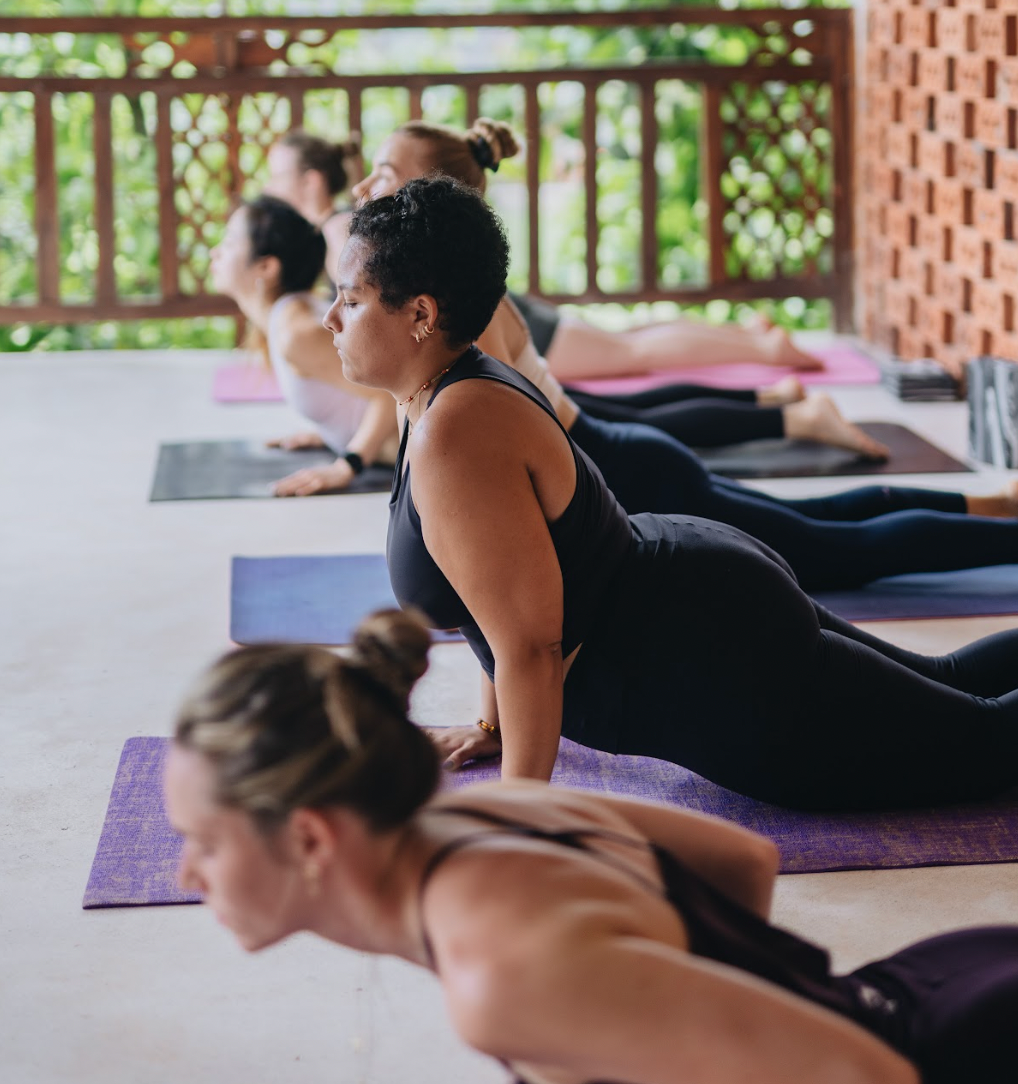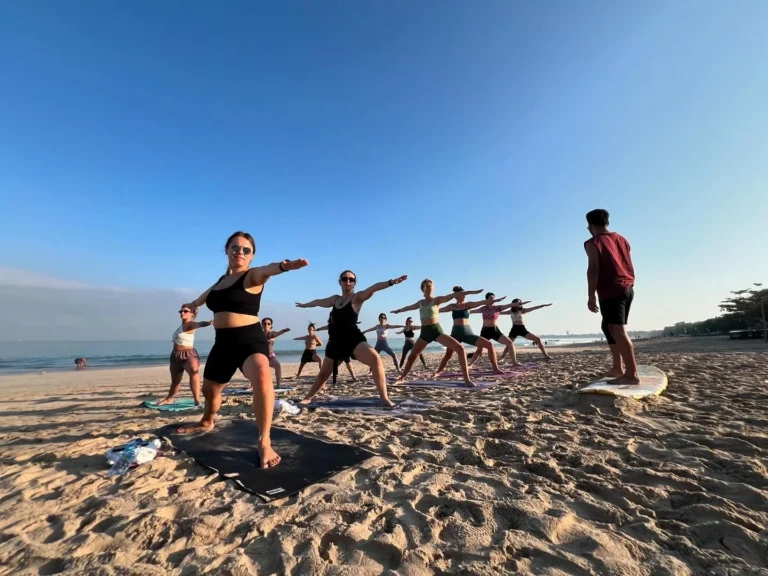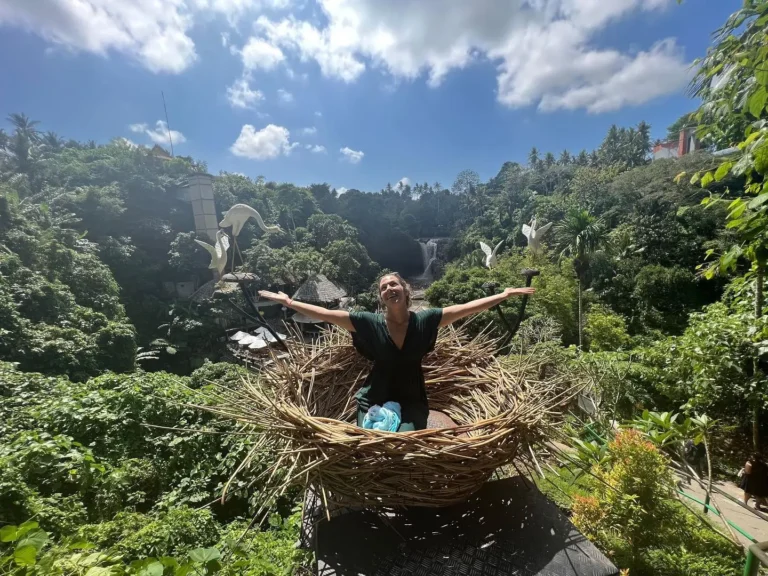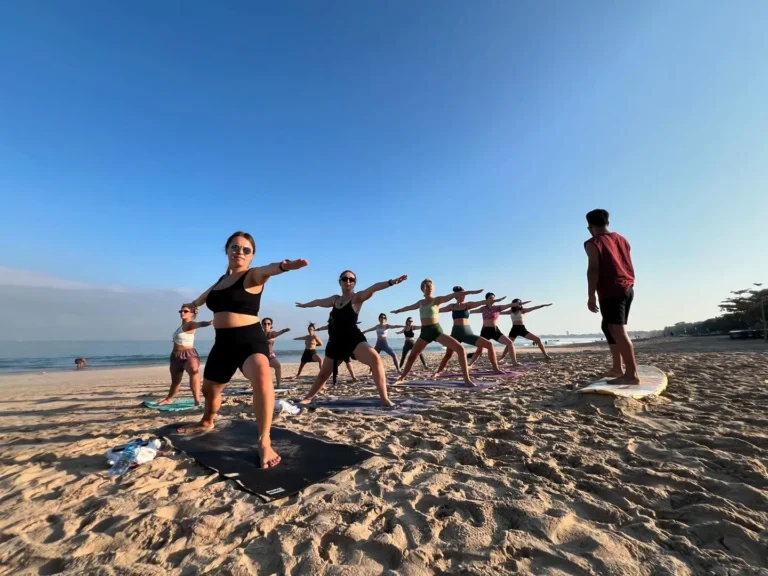Moon Salutations vs. Sun Salutations: Differences Explained
Hello, my beautiful yogis!
We can’t wait to go in-depth into this topic, which is very close to our heart. For most of us, yoga begins with the familiar Sun Salutation, that strong, fiery sequence that gets the body moving and the heart pumping. The Sun Salutation is practiced in endless classes and home practices around the world; we connect breath to movement, feel heat, and greet the day in intention.
But wait. What if we told you that was half the story? That while the Sun Salutation is certainly potent, there is another sequence that has a different energy and intention that is just as potent? We are talking about Moon Salutations!
Today, we are going to break down the beautiful and important differences between the two sequences, as they are foundational. After reading, you will understand entirely the characteristics of each sequence and when to practice to bring balance, as well as how they can provide depth to your yoga practice, as well as your life, in honoring the natural cyclical rhythms within us and around us.
Let’s explore and take light in both the sun and the moon!
Sun Salutations (Surya Namaskar): The Energizing Fire
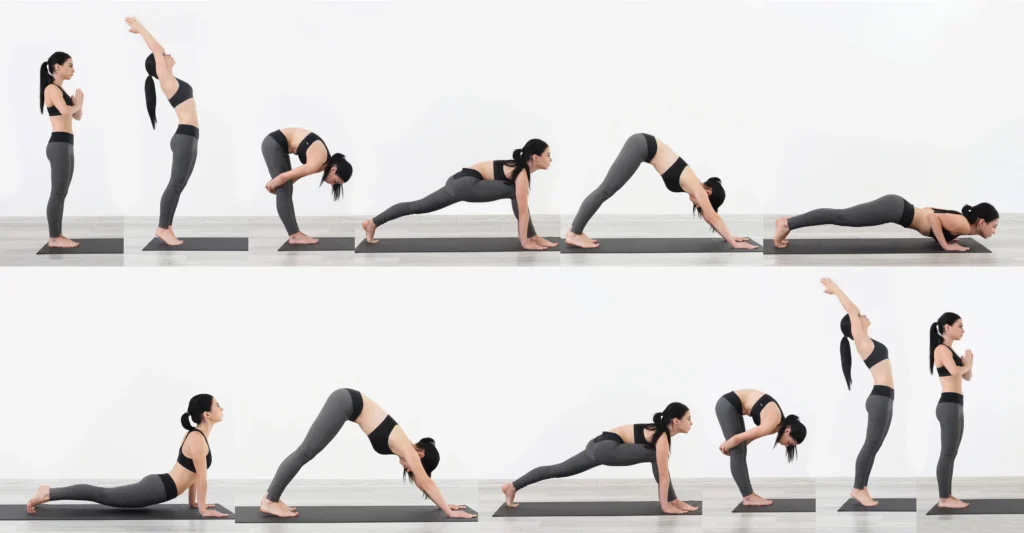
Also Read: Yoga for Gut Health: Poses That Influence the Enteric Nervous System
What are they?
Sun Salutations, or Surya Namaskar in Sanskrit, are a series of postures connected in a fluid sequence, and the name tells us a lot: “Surya” means sun, and “Namaskar” means to bow to or salute. The intention of the practice is to honor the energy of the sun. It is warm, bright, and vibrant.
When do I practice?
The time of day best suited for Sun Salutations is the morning. As the sun rises, we are awakening our bodies and minds. Practicing this sequence in the morning is a great way to say hello to your day with intention and energy. It is a common sequence in many Vinyasa and Hatha yoga classes.
Key Benefits:
- Warms the body: As a dynamic movement, it gets the blood pumping and prepares your muscles to take your practice deeper.
- Builds heat: As a series of moves, the intention is to build internal heat in your body to help detoxify.
- Increases energy: Since it is fluid and synchronized with breath, the practice is rejuvenating to your body and mind, leaving you awake and alert.
- Strengthens and tones: Sun Salutations use multiple muscle groups at once, building strength throughout your body.
Feeling the Vibe:
The energy of a Sun Salutation is uplifting and refreshing. It’s a perfect sequence for days when you need a boost of energy or a way to shake off lethargy. Think of it as your morning cup of coffee, but for your body!
Moon Salutations (Chandra Namaskar): The Calming Water
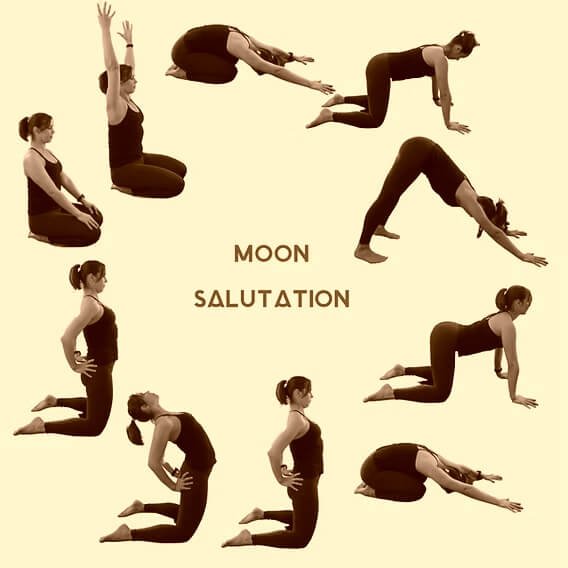
Also Read: Mudras and Their Benefits in Yoga
What are they?
Moon Salutations, known in Sanskrit as Chandra Namaskar, are also a flowing sequence; however, the intention is totally different. Chandra means moon. With this practice, we are honoring the moon’s energy as it is cool, calm, and receptive compared to the sun’s energy. While Sun Salutations are linear and face forward, Moon Salutations celebrate the moon and use a side-to-side, lunar motion to exhibit the cyclical nature of the moon.
When to practice?
Evening is a great time for moon salutations. As the sun sets and the moon rises, our bodies naturally start to wind down. Doing the Moon Salutation sequence in the evening will release the tensions and connectedness from the day and prepare our body and mind for sleep. Moon Salutations are a great practice before a restorative or Yin yoga practice.
Main benefits:
- Cools the body: The slow, purposeful movements help to cool, calm, and soothe the nervous system and reduce internal heat.
- Promotes flexibility: The emphasis on stretching and opening the sides of the body, hamstrings, and hips increases the body’s associated flexibility.
- Cultivates a meditative state: The gentle, repeated flow of movements can be very calming to a busy mind and is helpful in releasing stress.
- Balancing energy: In yoga, we often talk about the solar (sun) and lunar (moon) balance of energy. This practice helps bring our lunar side into form and find balance.
Feeling the Energy:
The energy of a moon salutation is grounding and introspective. It is the perfect sequence for the days when we feel overstimulated or stressed out, or even when we just need to slow down and listen to our bodies. Picture it as a calming bath for your soul!
Moon Salutations vs Sun Salutations: The Key Differences
| Feature | Sun Salutations (Surya Namaskar) | Moon Salutations (Chandra Namaskar) |
| Energy | Fiery, active, heating | Cool, receptive, calming |
| Ideal Time | Morning | Evening |
| Focus | Building strength, energizing the body | Improving flexibility, calming the mind |
| Movement | Linear, forward and backward | Lateral, side-to-side, cyclical |
| Pace | Often faster, dynamic | Slower, more deliberate |
Bringing Balance to Your Practice
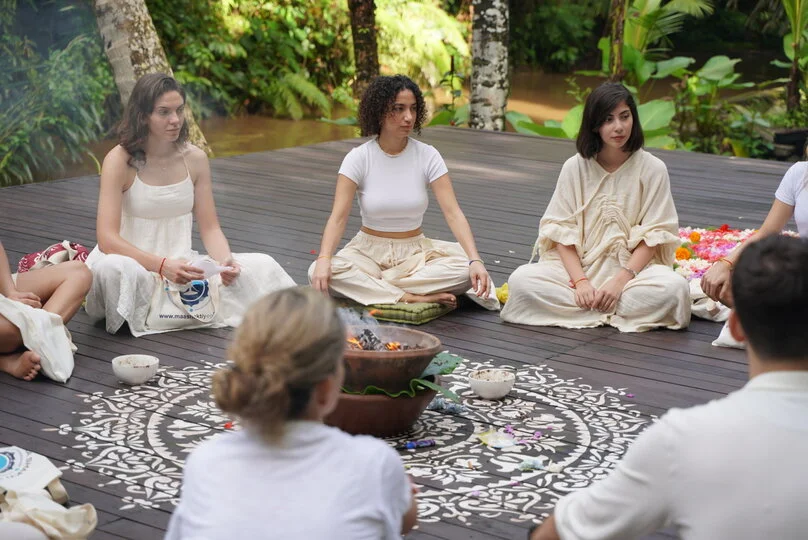
Also Read: Yoga Philosophy in Bali: A Deeper Understanding
From a yogic standpoint, we are working with a Hatha yoga tradition where “Ha” is the fiery, active energy of the sun and “tha” is the cool, calming energy of the moon, with the intention of bringing them together so that we work with both of these complementary yet opposing energies to find balance and harmony within ourselves. Both of your practice sequences are not “better” than one another, just different ways of practicing in relationship to the time and setting of the practice, and each serves a different purpose.
The real beauty is being able to listen to your body and practice the one that is right for you in that moment.
- To ignite and energize: If you wake up on a day where you are feeling slightly sluggish, or you need a physical and mental boost before a presentation or intense workout, greeting the sun and honoring the sun by moving through multiple rounds of Sun Salutations is an ideal way to build heat and blood flow and to set a strong intention for your day.
- To calm and restore: Alternatively, if you had a long, stressful day at work or have an overwhelming day where you feel ungrounded or stimulated and anxious, during the evening a slow and gentle Moon Salutation can be very restorative! The movements seem to move with lateral stretching to encourage opening of tension in the hips and side of the body, and the slow movements are intended to calm the nervous system while preparing the body and mind for sleep. We also think that moon posture is a nice practice to integrate while you are menstruating or on days you feel a little low in energy and need to do something nurturing in the moment.
Using sun and moon sequences within your yoga practice is a beautiful way to come more in line with your own natural cycling bodies and the outside environment around you. For example, perhaps you begin your days with sun posture—or another relaxing practice—then maybe eventually you end each day (around the same time every day) with a moon or therapeutic practice to balance the sun and moon influences and nurture your active (yang) side and receptive (yin) side. We love how with mindful practice, you can move beyond a set routine and begin to feel naturally for yourself, within your own body, as you align your practice with the busy outside world of nature and progressing emotion and life experiences.
We encourage you to give both sequences a go, and then notice what you notice and how each feels in your body on the day you practice. Did you feel more connected to one than the other on that particular day? Was there an underlying energy that left you craving one sequence above the other when you practiced? Listening and responding to these subtleties is the engagement to creating a balanced and personalized practice!
If you’re ready to explore these beautiful sequences with supportive guidance, join us at Maa Shakti Yog Bali, where we blend tradition, breath and movement in every practice.

